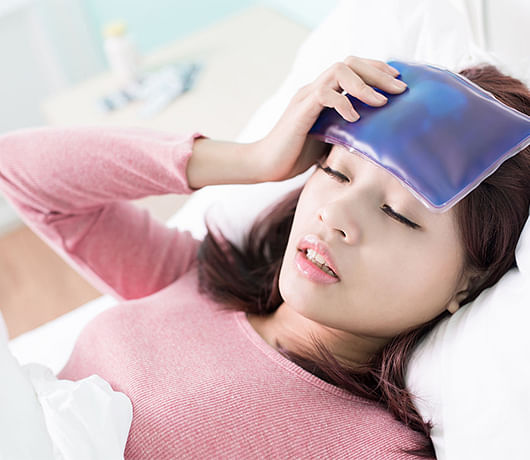Does Clarinase make you sleepy?

Clarinase will not make you sleepy. Clarinase contains loratadine. Loratadine is a non-drowsy antihistamine. After consuming clarinase, you can continue your daily routines including driving as this medication will not cause drowsiness or make you feel sleepy. It is also safe if you need to continue your task or work like teaching, operating machinery, or flying an airplane. The active ingredients in clarinase are loratadine and pseudoephedrine sulfate. Clarinase acts in the human body by decongesting the mucous membrane of the respiratory tract.
Clarinase should be stored below 30 degrees celsius and avoid moisture. Clarinase can also be used to treat conditions like a common cold. The common cold is very common in any population. The common cold is mostly self-limiting but it results in absence from work and school, hence harming economic growth. Many viruses can infect humans and result in common cold. The main culprit that causes the common cold is the rhinoviruses. On average, an adult may suffer two to three episodes of common cold per year.
The possible side effects from taking clarinase at a prescribed dose are:
- Acne
- Decrease libido
- Tongue discoloration
- Depression
- Migraine
- Coughing
- Dehydration
- Baldness
- Frequent and multiple urination
Overdose of clarinase may cause:
- Drowsiness
- Reduce mental alertness
- Coma
- Cardiovascular collapse
- Hallucination
- Insomnia
- Seizure
- Tremor
- Death
- Rapid heartbeats
- Palpitations (heart beating against the chest)
- Thirst
- Dizziness
- Blurring of vision
- Nausea
- Vomiting
- Thirst
- Sweating
- Restlessness
- Tinnitus (Noisy ringing sensation)
- High or low blood pressure
- Dizziness
- Headache
- Anxiety
- Muscle weakness
- Respiratory failure
Clarinase should only be consumed by pregnant ladies only if the benefits outweigh the potential risks to the baby. The nursing mother should get advice from a physician before taking clarinase as this medication will be excreted in the breast milk and will be consumed by the baby. Clarinase should not be used or given to individuals who are allergic to clarinase, those who are on monoamine oxidase inhibitors, glaucoma patients, patients with urinary retention, hyperthyroidism, severe high blood pressure, and serious coronary artery disease.
Hay fever is also known as allergic rhinitis. Allergic rhinitis is also a common condition that is usually accompanied by sinusitis. The risk factors for developing hay fever are:
- Firstborn
- Male
- Born in pollen season
- Maternal smoking
- Early exposure to antibiotics
The signs and symptoms of hay fever are:
- Runny nose
- Sneezing
- Cough
- Fatigue
- Nasal itchiness
- Nasal obstruction
The main chunk of treating hay fever is to avoid allergen with medications as an adjunct. The frequently used treatments are:
- Nasal saline
- Oral medications like clarinase
- Steroid nasal spray
- Decongestant spray
However, prolonged use of nasal decongestant is not recommended as it may cause a condition known as rhinitis medicamentosa. There is also a role for complementary medicine in treating this condition such as:
- Chinese herbal medicine
- Ayurvedic medicine
- Acupuncture
Most complementary medicine focuses on the usage of herbs and even massage. Depending on the availability, patients can use any type of recognized and registered complementary medicine.
There is no absolute treatment for the common cold. Treatments or medications given are mainly to relieve the symptoms. The main thing to understand here is that antibiotics have no role in the common cold as virus infection is not treated by giving antibiotics. Only bacterial infection that requires antibiotics. The common cold is a self-limiting condition where most conditions only last for three to seven days. The complications of a common cold are:
- Sinusitis
- Pneumonia
- Bronchitis
- Middle ear infection or also called otitis media
The common cold is mainly transmitted via direct contact with hands contaminated by nasal secretions. Most viruses that cause the common cold are not transmitted via saliva, hence, kissing per se is safe, but close and direct contact will still expose a person to the common cold. Being in a cold cold climate or exposed to cold air is not a trigger to the common cold. The clinical features of the common cold are:
- Runny rose
- Fever
- Nasal congestion
- Sore throat












